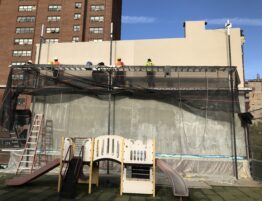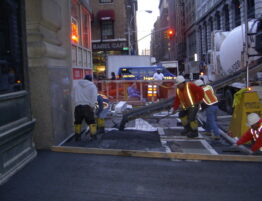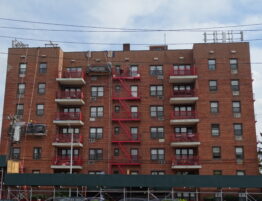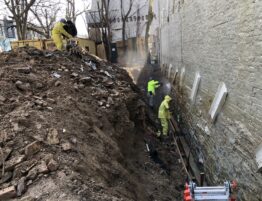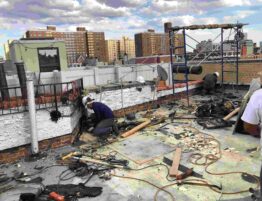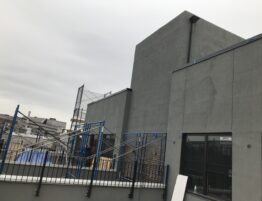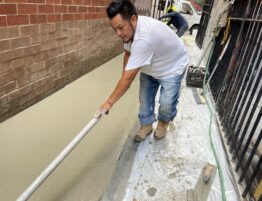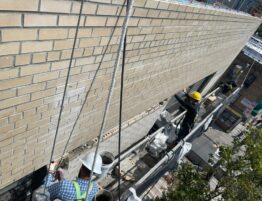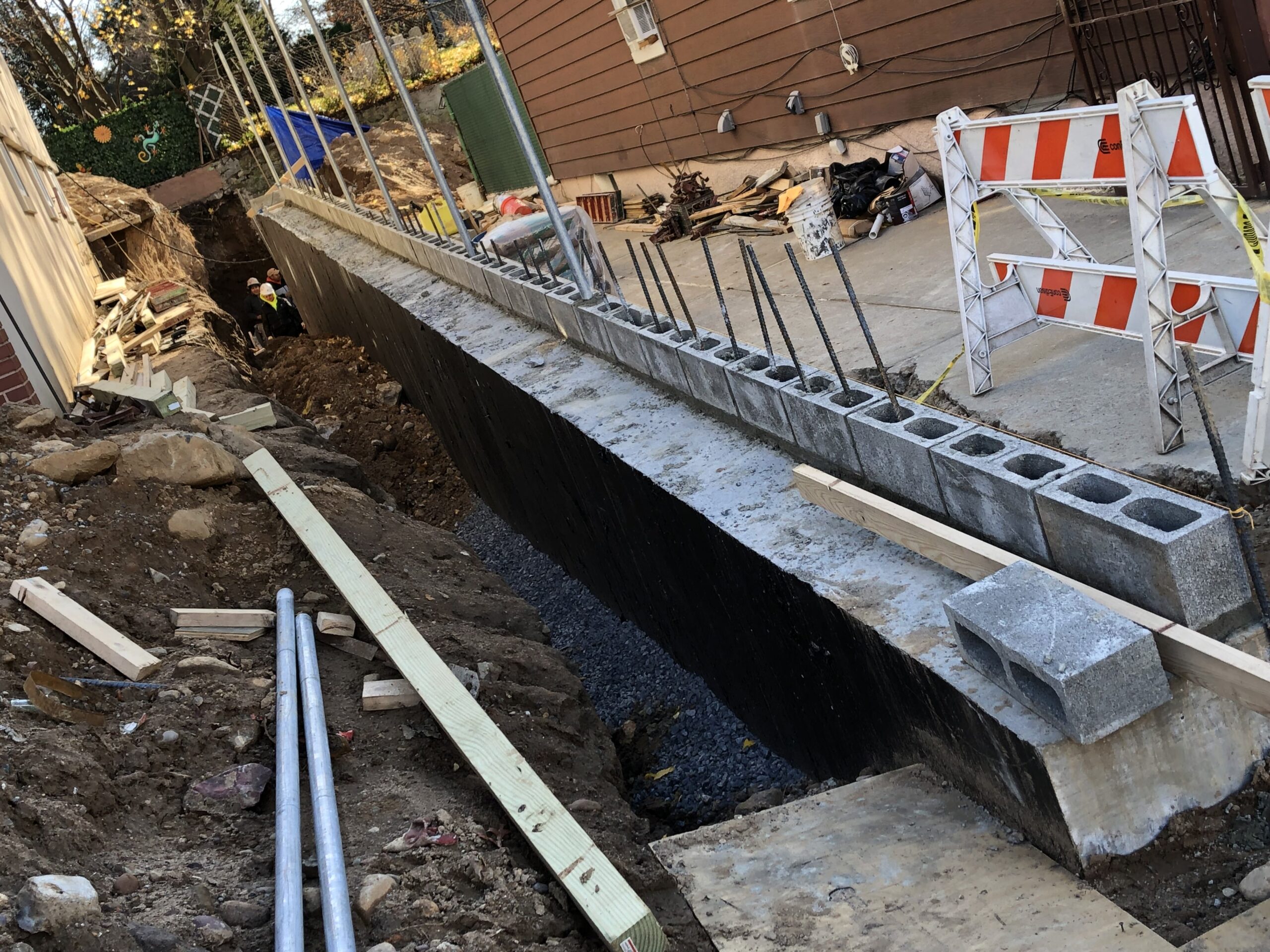
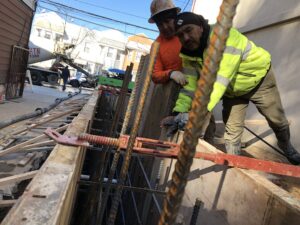 If you have a retaining wall in your property, it is there for a crucial purpose. Retaining walls are supportive barriers to restrict soil erosion during heavy rainfall or floods. Generally, places with loose soil or properties located on slopes have a retaining wall.
If you have a retaining wall in your property, it is there for a crucial purpose. Retaining walls are supportive barriers to restrict soil erosion during heavy rainfall or floods. Generally, places with loose soil or properties located on slopes have a retaining wall.
In cities like the Bronx, Queens, Manhattan, Long Island, Brooklyn, and Richmond Hill, where the precipitation is high with occasional harsh weather conditions, retaining walls are common. However, with time, retaining walls experience damage and deterioration. Several factors are responsible for it. We will come to that in the next segment. Retaining wall repair NYC is of utmost necessity to preserve its structural strength and functionality.
In this blog, you will learn about the diverse aspects of retaining wall repair. We mean the do’s and don’ts that will ensure you receive long-lasting benefits. So, let’s check them out.
Causes of Retaining Wall Failure
Numerous factors are responsible for the failure of retaining walls. They include:
- Soil Erosion- Your retaining wall loses its strength and stability due to excessive soil erosion.
- Hydrostatic Pressure- Lack of drainage results in water buildup. It leads to increased hydrostatic pressure. Leaning and bowing of retaining walls are common in such circumstances. You will need an expert for retaining wall repair to fix it.
- Lack of Soil Compaction- If the soil at the base of the retaining wall is not compacted properly, it becomes more susceptible to erosion. In such cases, retaining wall failure is inevitable.
- Construction Error- Poorly constructed retaining walls lead to premature damage. Crumbling and weakening of the structure are the prevalent signs.
- Missing Reinforcements- Steel reinforcements are installed for additional strength and support. If you do not have reinforcements, your retaining wall is already fragile.
- Clogged or Missing Weep Holes- Weep holes are alternate gaps in brick or concrete structures to permit water drainage. They often become clogged, or if you do not have weep holes, it will cause increased hydrostatic pressure.
The Do’s and Don’ts
So, you know the prevailing causes of retaining wall failure. Now, how can you optimize the repair results? Here are some useful tips:
- Don’t Ignore Damage Signs- The sooner you spot damage signs, the better. You can take early steps to repair your retaining wall before the problem gets too severe. Crumbling, bowing, pooling water, soil erosion, and cracks are early damage signs you should never ignore.
- Don’t Take Down a Retaining Wall- It is absolutely a bad idea to pull down a retaining wall! Having a retaining wall means you need it to protect your property from damage. Retaining wall repair contractors can provide you with the appropriate solution.
- Don’t Perform DIY Repair- If you think repairing a retaining wall is not a big deal and you can do it yourself, you are wrong! It is a complicated project demanding substantial expertise and skills. Also, being a labor-intensive task, you will need a crew of experts.
- Do Maintain Retaining Walls- Maintenance is the key to prolonging the life of retaining walls. Regular inspections and repairs are the fundamental aspects of maintenance.
- Do Invest in Quality Service- Whether you need to repair or replace your retaining wall, always invest in quality. Superior quality raw materials and service ensure durable results.
- Do Hire a Professional- The retaining wall repair cost is not much. If you think hiring a professional will be expensive, you have chosen the wrong boat! A professional can provide you with the best solutions, ensuring optimal ROI.
So, you know now what will work best for you!

